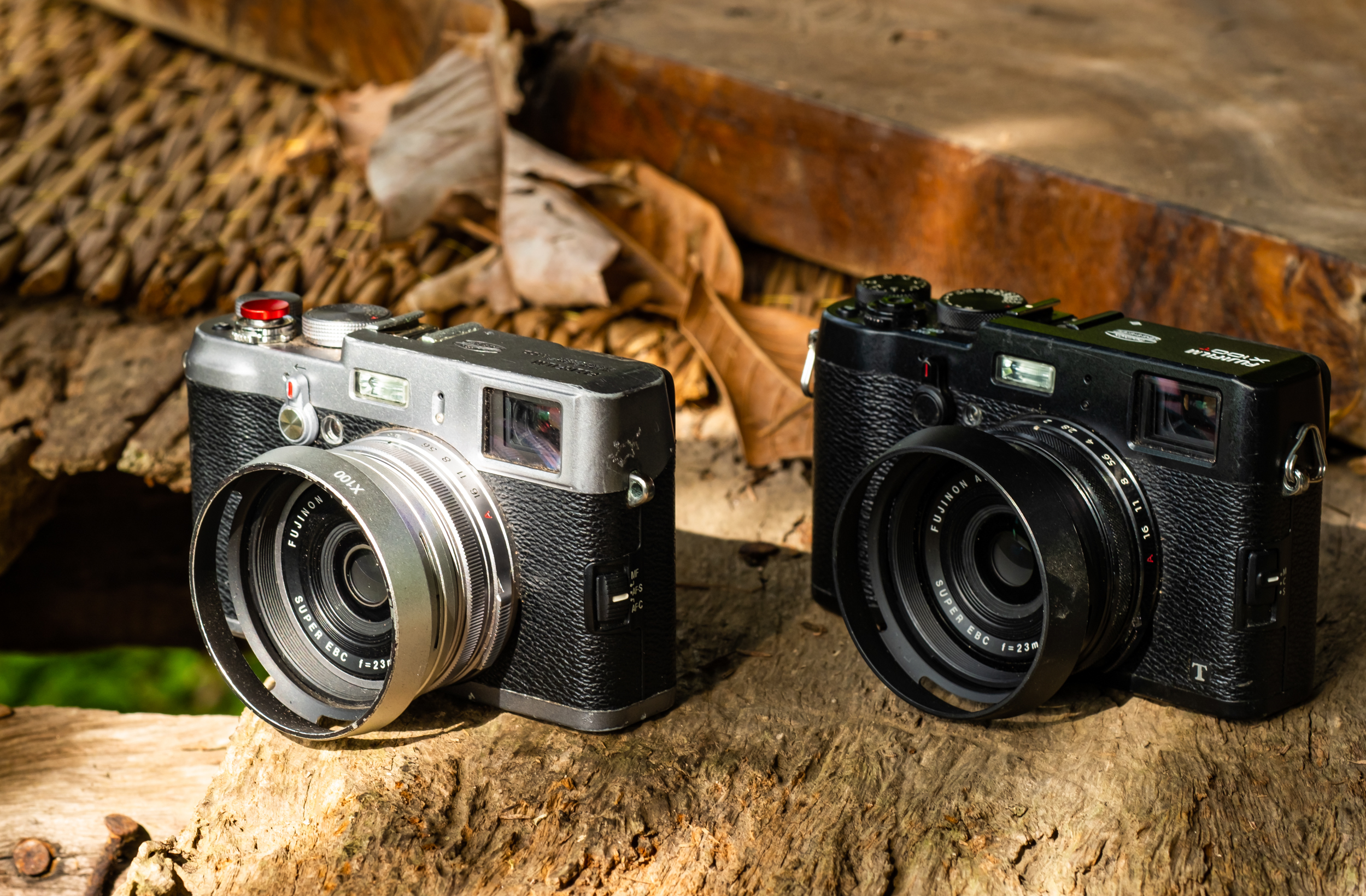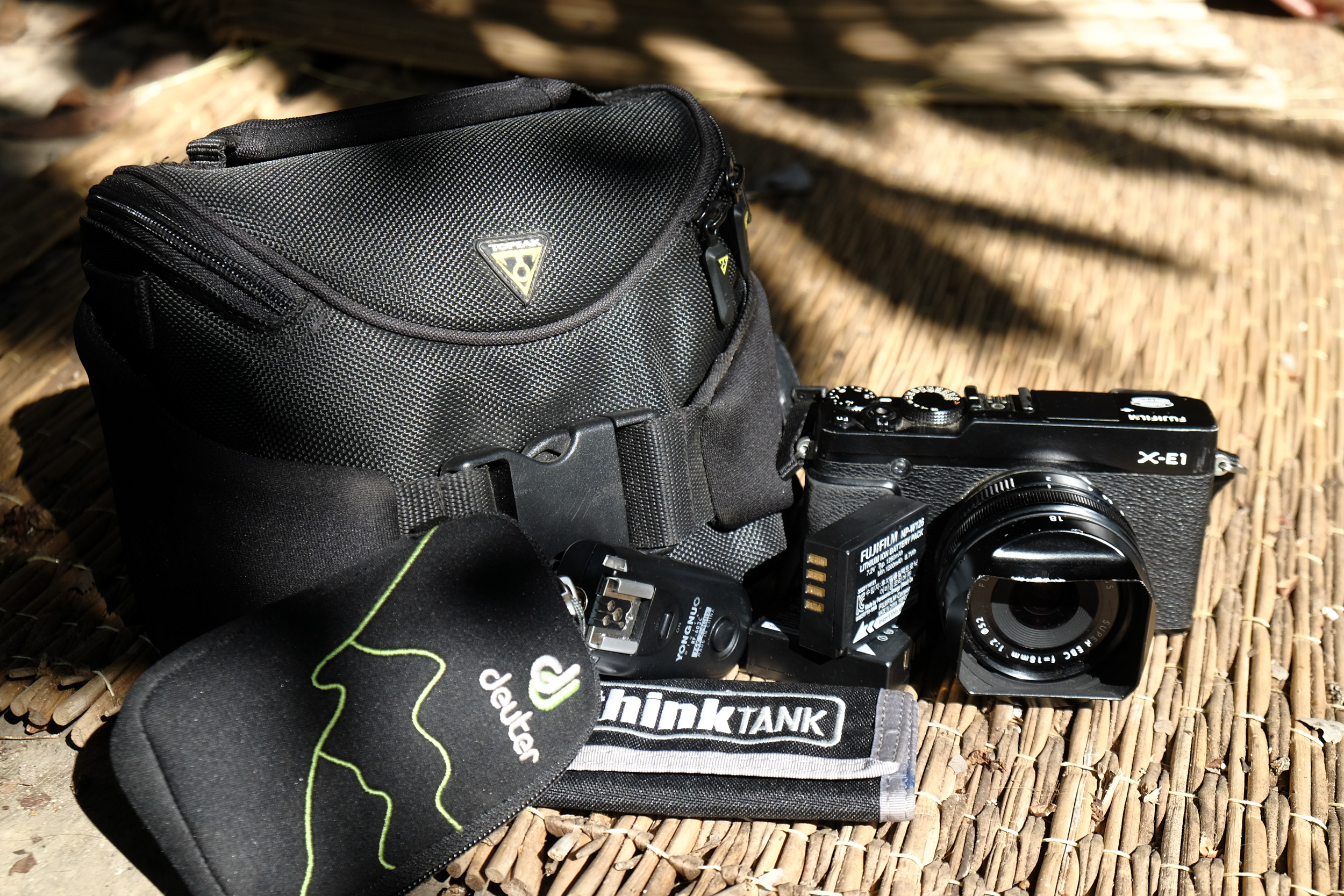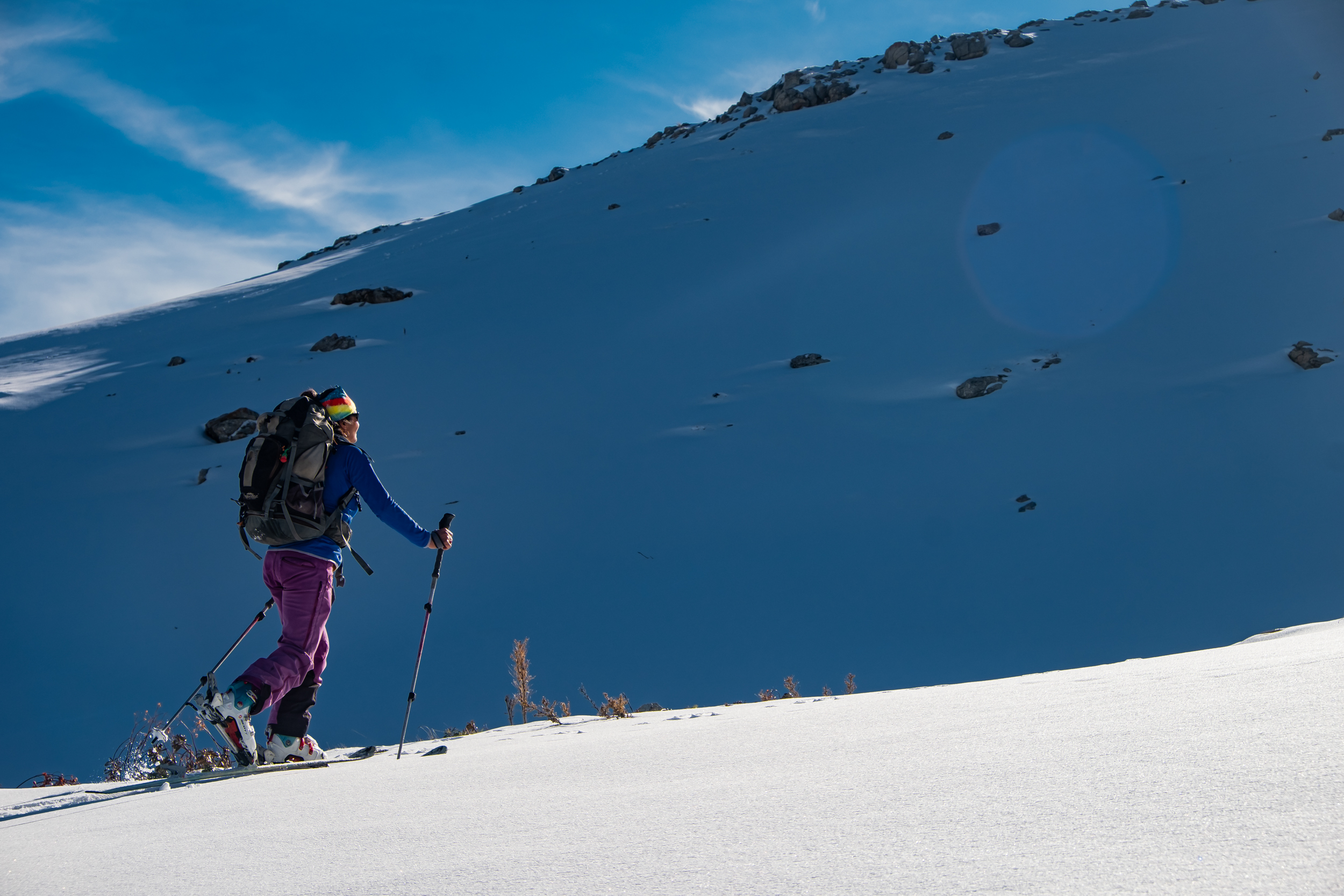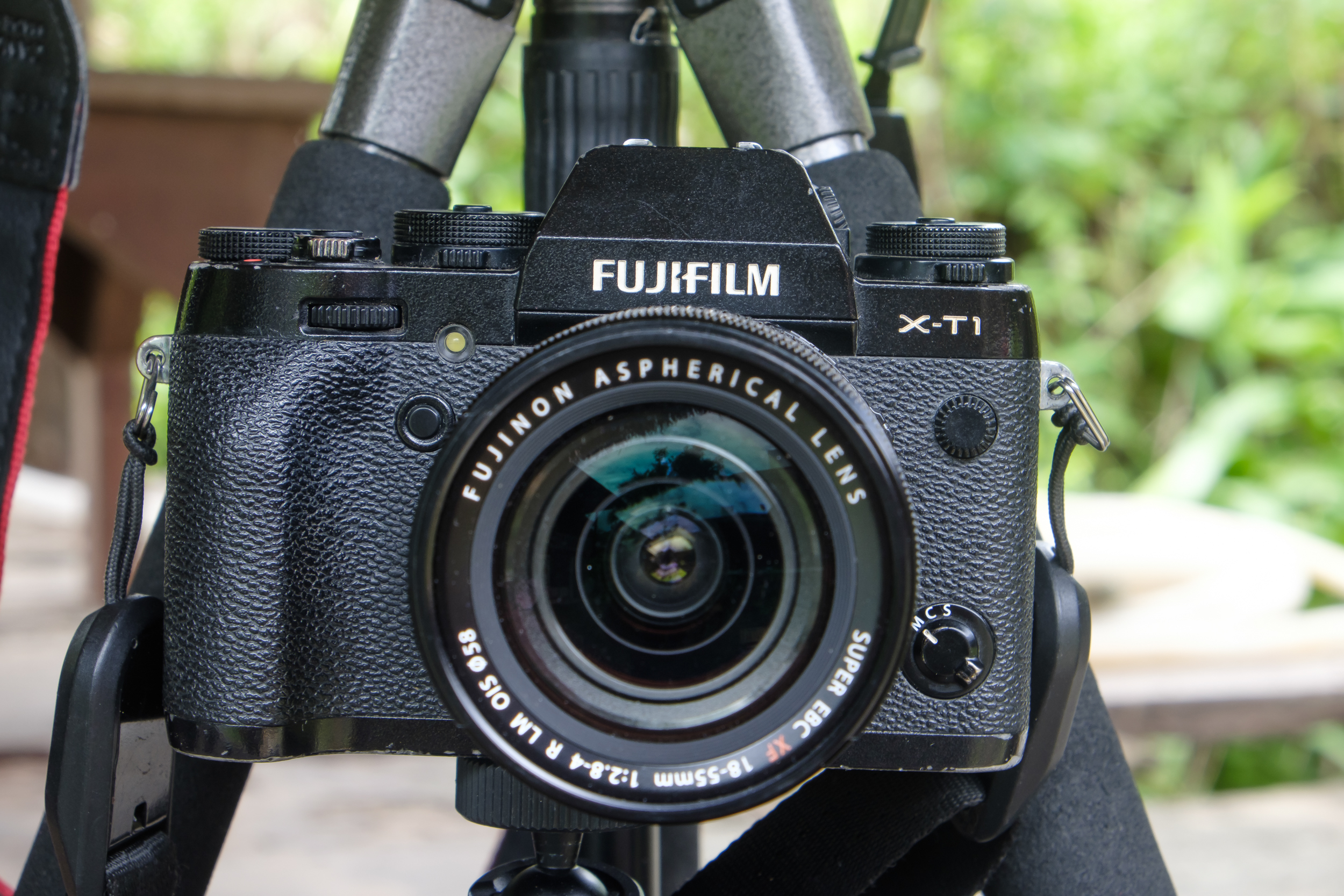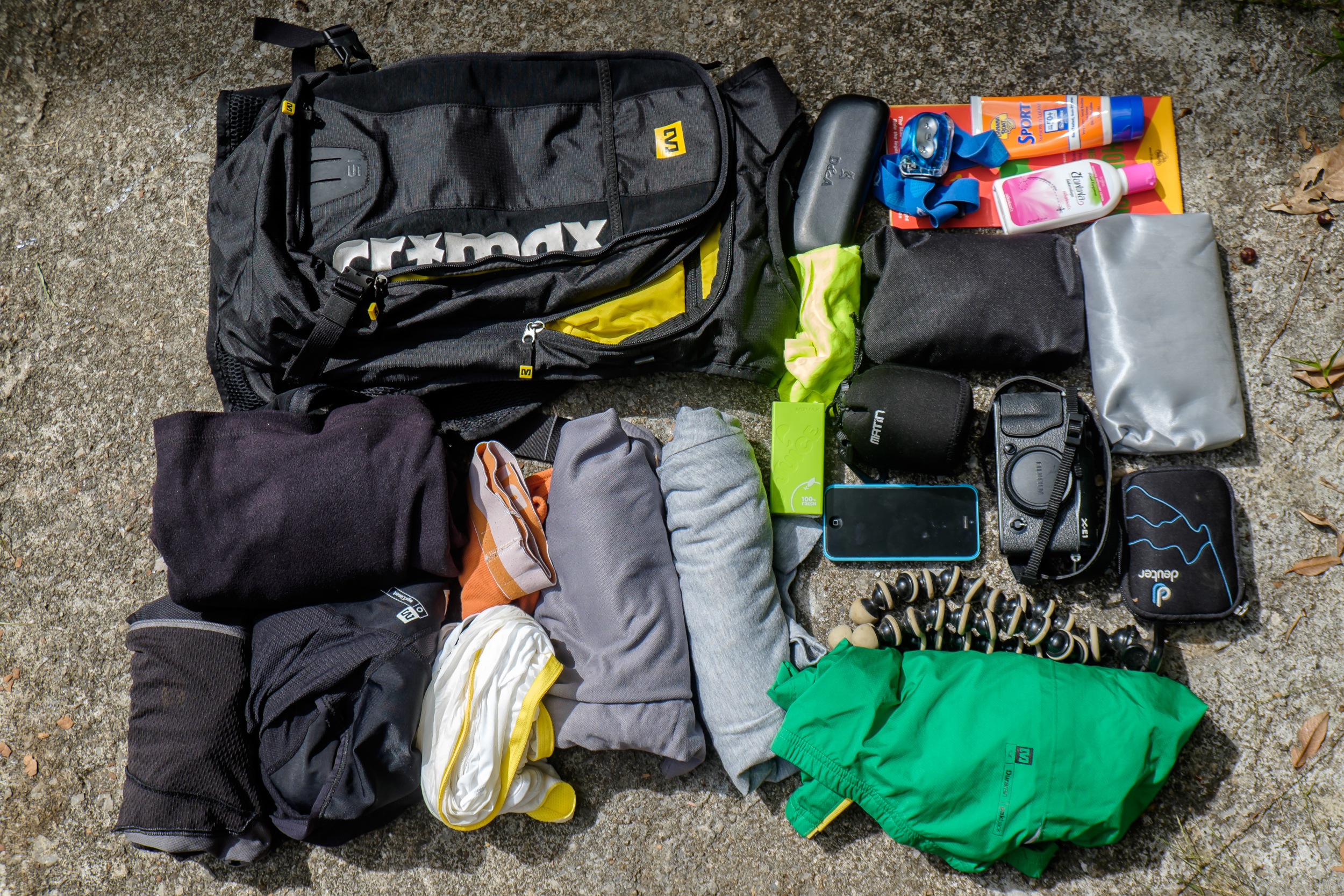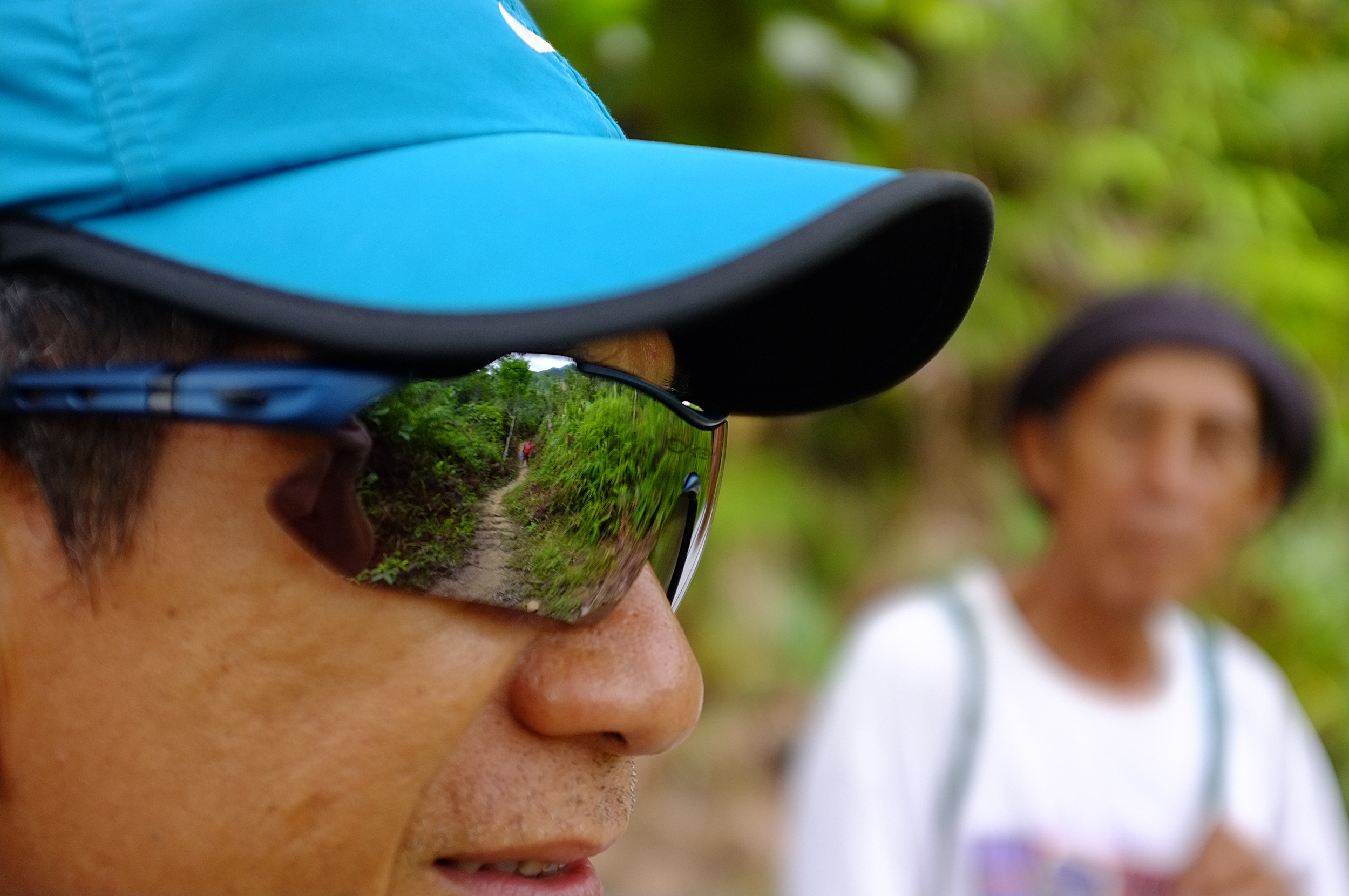It’s been 10 years since the Fuji X series cameras first came to be – how far have they come in that time?
In the beginning
It’s hard to believe that it’s ten whole years since the first Fujifilm X Series camera came to market – the X100. The camera was first shown in 2010 at the Photokina show and then released to us early the following year.
I got mine sometime later that same year, having become hooked on the dream of a retro-styled and pint-sized travel camera that would revolutionise the way I worked, or at least that was what I had hoped for.
Needless to say, things didn’t quite work out that way. As pretty and characterful as the original X100 was, well, it was a quirky and sluggish camera, and definitely not what I’d hoped for, or a camera I could rely on for my professional travel work.
At the time I put the X100 down to experience, writing it off as an impulse buy, and then I bought an E-X1. There was just something about the cameras that was hard to resist.
The X decade round-up
Now here we are, ten years on and a few more X Series cameras down the line, and with my Canons all but mothballed. What are my personal long-term assessments and experiences of using the X Series?
First up, I do have to say that I love the cameras and the images that I produce from them. However, I do not think that Fujifilm have made the same kinds of leaps and bounds that other brands have in the mirrorless arena. My feelings are that they are lacking in certain areas – areas that are very important to me as photographer who shoots travel and adventure sports for a living.
Every single X Series camera that I’ve owned has had reliability issues, from simply locking up to outright failing. Each time this has happened, my only option has been to send the cameras back to Fujifilm, which has taken a month or so each time and which has also cost me money every time. This is not something you can afford to happen when you’re making your living from them. There really needs to be a global professional service network available in each country – a place where cameras can be repaired and serviced much faster and where interim replacements are available if needed.
Sure, there are those who never have any issues, but if you’re using the cameras in a fast-moving outdoor situation and shooting hundreds or even thousands of images a day in a harsh environment, then you need to know that your camera will not fail, and I feel the X cameras are really lacking here.
On the subject of robustness, my experiences are that the cameras are also a way under wrapped here. The dials and buttons are great and tactile to use, but are still too eager to slip into other modes, something which is incredibly frustrating when you’re trying to work fast.
Battery life and the metering bar on the screen are also a real issue, and I end up carrying numerous batteries along every time I head out, as you never know when they will fade without fair warning. Yes, I do hear that the bigger battery on the X-T4 is somewhat better, but then again so it should be.
The autofocus system may well work well enough in less critical situation, and sure it has improved greatly over the years, although It is lagging behind the competition when it comes to capturing fast and erratic moving professional sports or in difficult lighting situations.
Of course there is renewed hope with every new model, but chasing that hope and throwing more money at it is something of a fools game in my opinion, especially when there are well proven alternatives out there in the marketplace.
This is not to say that you cannot shoot professional sport with the X Series cameras or that you can not take them through the jungles and mountains on weeklong expeditions – I know that you can because I do it, and I get by fine, but is fine good enough? No, not in my opinion.
They are far from being well suited to this kind of use and abuse, and I’m seriously considering switching back to a more reliable system for such photographic scenarios.
There’s little doubt that the cameras are great for numerous genres and environments, and for me they will continue to be a part of my toolbox for the foreseeable future.
For my own regular editorial work (which is not race critical) and for travel work they are good options (if you have enough batteries with you), and the sensation of working with the cameras is a whole lot more engaging and fun when compared to the clinical alternatives. This means that for most use scenarios I can get by fine with my Fujis – it’s just the high pressure and rough stuff that’s an issue.
The magic looking glass
Where Fujifilm do win out from my point is with their lenses, which are absolutely second to none in optics and build quality. This alone is enough of a reason for me to continue work with the X Series for travel and feature work.
It is possible to have a top-notch and pint-sized X System for this without having to break the bank, and some of the older cameras and lenses are a real steal for achieving this.
The future
As for the future, figuring out a better professional and consumer backup service (outside of the US), improving reliability and durability, speeding up the autofocus and boosting battery life – these would make the system a whole lot more viable for all. Surely it’s not too much to ask for?
What if Fujifilm were to add in full-frame sensor X Series camera to the line-up? Personally, I think that would be great (perhaps even in an X-H3 body). Given the way the marketplace is heading, it could prove to be a crucial move from a business point, although I guess that would mean a whole new range of lenses too…or would it?
Note: These are my personal experiences and are based on 10 years of using the cameras heavily and sometimes harshly, and without having any obligation or elegance to any camera brand. Naturally others will have very different experiences and opinions.

